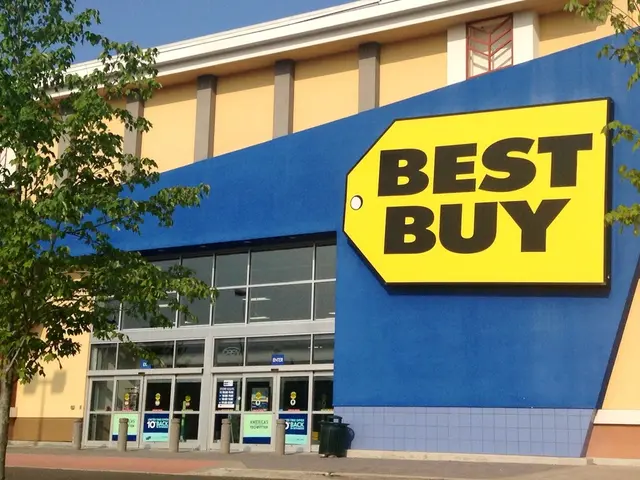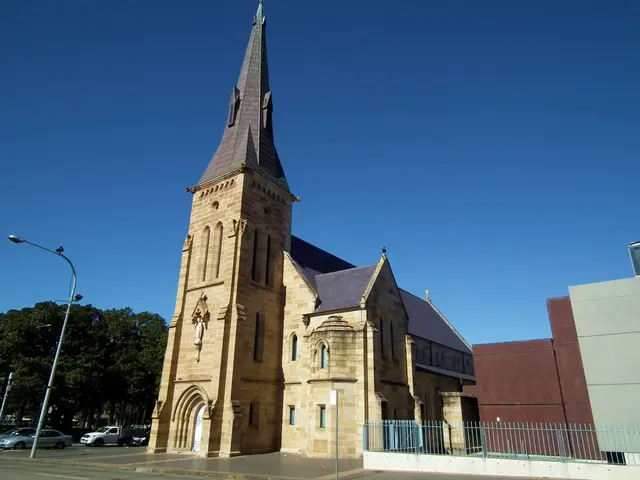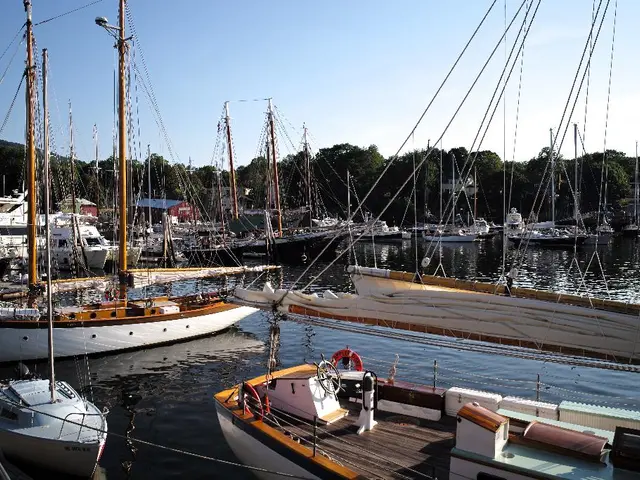A comparison of the market prices for newly constructed and pre-owned homes: do new homes command higher prices?
In the real estate market of Central Russia, a significant shift has been observed over the past few years, with new buildings becoming increasingly popular compared to Soviet-era properties. This trend is evident in the price differences between the two types of secondary housing.
Soviet-era real estate, on average, costs around 92,000 rubles per square meter, while modern homes built after 2000 command a higher price of 133,000 rubles per square meter. However, the average cost per square meter on the secondary market stands at 128,000 rubles, indicating a slight preference for modern homes.
This preference is further underscored by the nationwide average price gap of 60%, with new buildings typically costing 80% more in Central Russia during Q2 2025. This disparity can be attributed to several factors, including increased urbanization, limited supply of new housing, government incentives for new construction, and rising construction costs.
The difference in interest rates between primary and secondary housing has also played a role in this trend. The higher demand for new buildings has led to an increase in their price, with the average cost per square meter in new buildings exceeding 205,000 rubles.
Interestingly, homes built between 2019 and 2024 tend to cost around 93% of the price of new housing, a testament to their improved quality after renovation. The peak price of secondary housing is typically reached 3-4 years after the purchase, while the price of a very recent secondary housing tends to increase after 2-3 years.
Developers, in response to periods of weak sales, may offer incentives such as discounts or better payment terms to attract buyers. These periods can present optimal opportunities for both buying secondary and new buildings, as prices are likely to be lower, and the potential for future price increases is high.
In conclusion, the real estate market in Central Russia is witnessing a shift towards new buildings, driven by various factors. While the initial investment may be higher, the long-term benefits, such as improved quality, lower interest rates, and potential for price appreciation, make new buildings an attractive option for many buyers.






